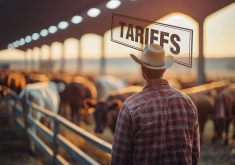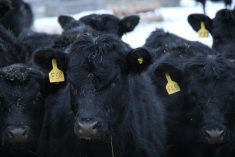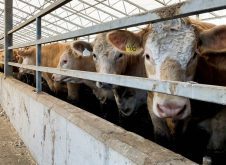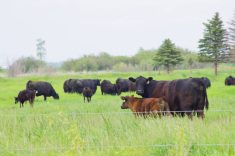Two years after introducing its controversial ‘Better Beef’ program, A&W seems to have few regrets about how the shift to antibiotic- and steroid-free beef played out.
“We were the first national chain in North America to do it, and the response has been tremendous,” said Trish Sahlstrom, vice-president of purchasing and distribution for A&W Canada.
“We’re selling more beef. We’re having more people tell us they’ve come back to eating burgers again.”
Same-store sales have shot up about seven per cent since the launch, although it costs the company more to source beef meeting its specifications.
Read Also
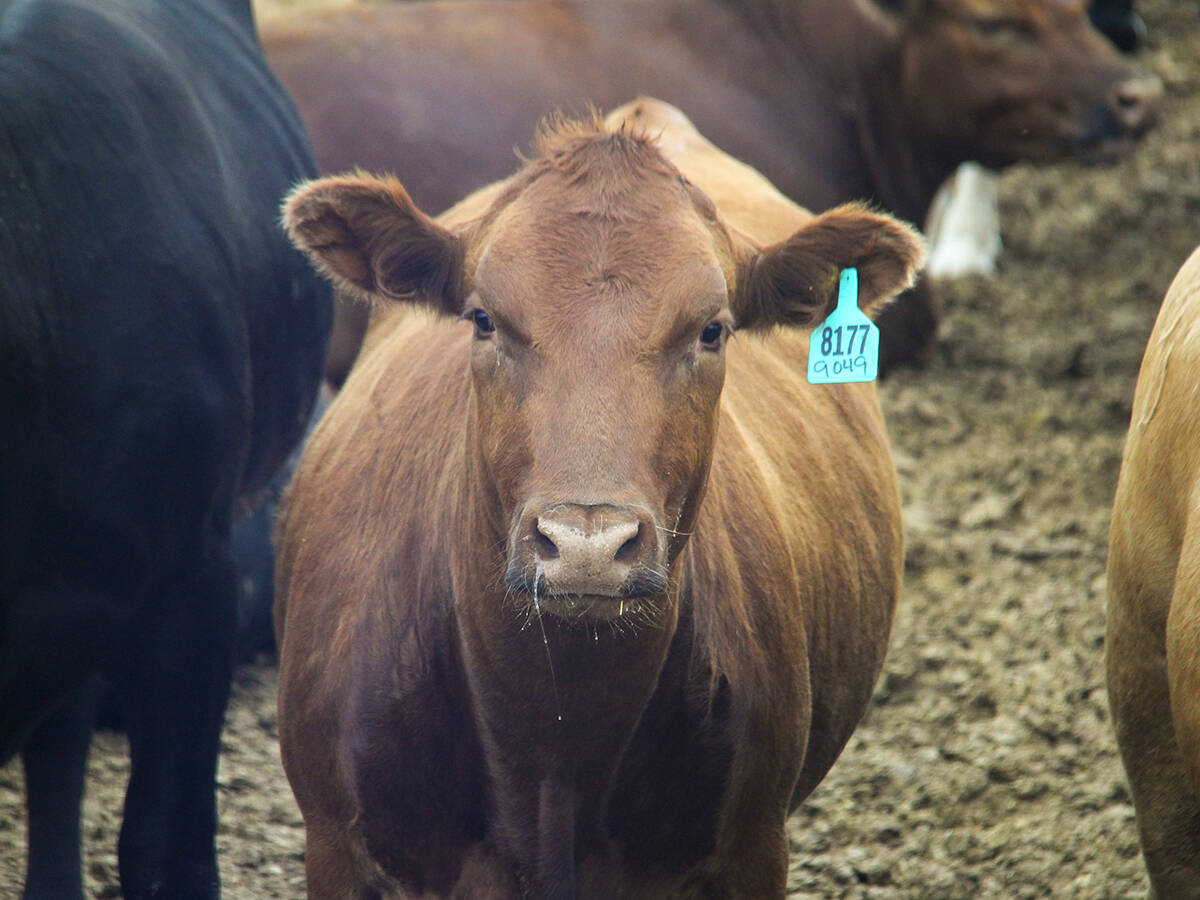
Countdown begins for traceability
Canadian cattle producers are awaiting new federal traceability regulations following a two-year consultation process.
There was also a positive reaction from producers who raise cattle without added antibiotics or steroids, she said.
But most beef producers were furious, especially by the implied message in the Better Beef campaign that conventional beef is inferior.
However, A&W was focused solely on consumers, Sahlstrom said at the recent Canadian Farm Writers Federation conference.
“We see it as a responsibility for us to do what the consumer wants — not try to get the consumer to do what we want, as frustrating and as difficult as that can be,” she said.
“For us, we know we have to listen, pay attention, seek to understand what consumers’ desires and expectations are, and then do our very best to interpret that and translate it into actions and offerings in our restaurants.
“If we’re not relevant, we’re going out of business. We’ve been there.”
Regaining trust
A&W was in “pretty serious trouble” when it began looking for a way to keep pace with major competitors like McDonald’s and Wendy’s.
“We were seen as not being very connected with consumers and being out of date, out of style, out of touch, outmoded, not very relevant,” said Sahlstrom.
That prompted a strategic planning process centred on “dramatic changes in consumers’ attitudes and behaviours.”
“We saw, for instance, an increasing desire among consumers to know who and where their food was raised,” she said. “There’s really only one thing that consumers truly want and that is transparency.”
And when they talked to consumers, they found their trust level “extraordinarily low.”
“Consumers were saying, ‘Where’s the evidence? I no longer trust just that it tastes good. I want to know where it came from. I want to know who has raised the animals that are feeding us. I want to know your values, A&W.’”
The company then asked what factors came into play when consumers wanted a hamburger.
“As we started to put together all of these pieces of evidence — all of the answers to these questions — what came out incredibly strong and clear to us was leave out the hormones and steroids and don’t use the antibiotics.”
And from there, A&W’s Better Beef slogan was born.
“Consumers just said, ‘This would be better. That would be better. If you did that, it would be better,’” she said.
“So when we launched it, we called it Better Beef. That was their language.”
Change of heart
However, Sahlstrom suggested, that wasn’t the best choice.
The company quickly changed its messaging to ‘Raised Without’ — both because of consumer feedback and producer “angst.”
“Within weeks of that launch, what consumers were feeding back to us was ‘no antibiotics, no steroids, no hormones,’” said Sahlstrom.
“We figured if it didn’t matter to consumers, and it seemed to be poking a finger in the eye of the producer community, we don’t need to say (Better Beef). So it faded out fairly quickly.
“In our minds, it wasn’t about comparison. It was about choice.”
Canada’s beef industry didn’t see it that way. Producers and industry leaders alike called for boycotts and decried A&W’s ‘fearmongering.’
The entire industry was blindsided by the news.
But according to Sahlstrom, the beef industry was offered a seat at the table early in the process — and declined.
“When we realized what appeared to be the right decision for us from a consumer perspective, I went immediately to the beef industry here in Canada,” said Sahlstrom.
“What we found were lots of producers who were ready, willing, and able — and an industry that was frankly pretty unhappy about it and scared about it that said, ‘We’re not going there. This goes completely against what we believe. We think you’re wrong. We don’t think consumers really care about this.’
“We were told pretty flatly ‘no’ on any kind of scale.”
For A&W, there were only “two really big players in Canada” that could meet the product specifications they were after.
“We decided if it was the right thing to do for us, we better figure out how we’re going to do it, and we found supply out of the U.S. and Australia that met all the specifications,” she said.
“We were not able to launch with 100 per cent Canadian beef with that specification, but we did find many enthusiastic producers pretty darned excited that someone was stepping up to make that an offering.
“And we will be 100 per cent Canadian. That’s not an issue. We’ll get there.”
Get on board
But the supply chain needs to get on board in a bigger way, said Sahlstrom.
“Our biggest issue has been with the industry itself, in terms of finding ways to get the beef from the producers who are making those choices to our supply chain so we can serve them,” she said.
“This is not an unusual way for Canadian beef producers to raise their beef. It is unusual for that beef to make it to the supermarket or the store.”
Those producers are “so thrilled to have a chance to get their product to market.”
“We must work with our supply chain partners to respond — to create the products, the story, the transparency, the visibility that consumers are expecting,” she said.
“Throughout these changes and certainly as we innovate in the future, the support and commitment of the supply chain is absolutely critical.”
But how A&W will gain that support is anyone’s guess.
Since the launch two years ago, A&W has found “many producers who are so delighted to join us on the journey,” but by and large, the beef industry has balked at the notion of ‘better beef.’
“There are certain areas of the industry that really are frightened and threatened by it. But we’re just saying it seems like we need to have the option,” said Sahlstrom.
“The only thing that consumers are truly saying today is ‘give me choice.’ For those who it’s important to, they want a choice.”



